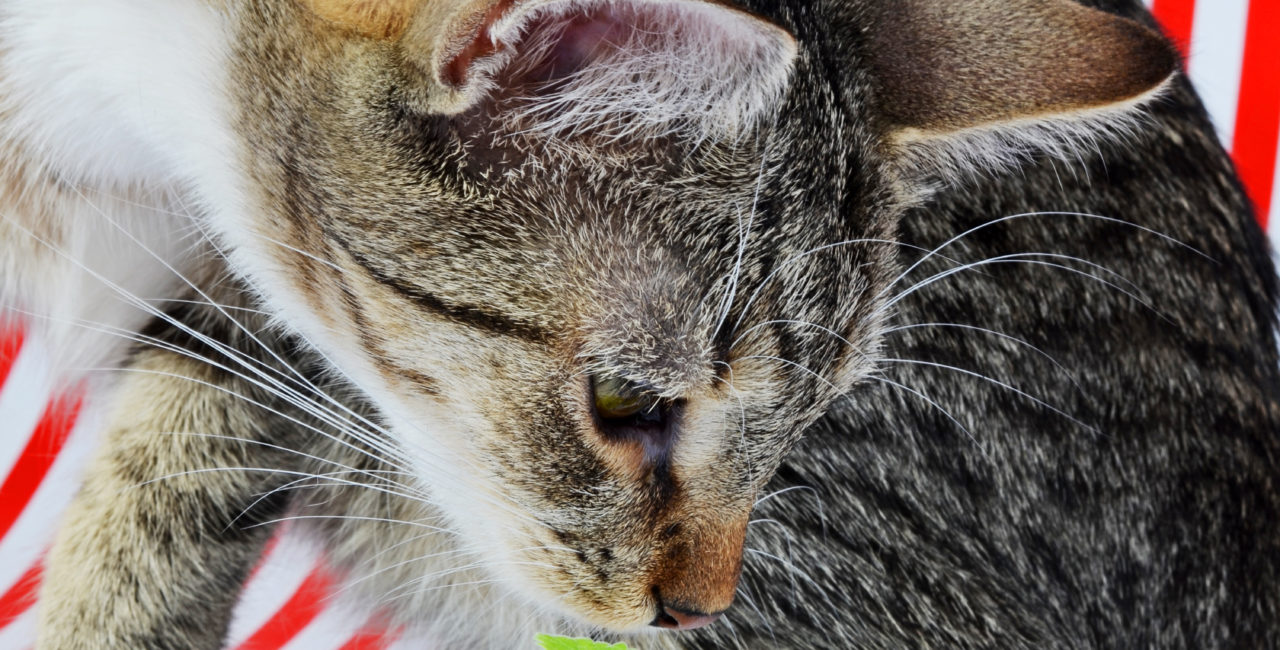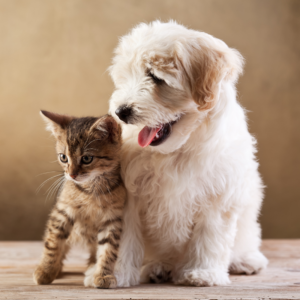Do you think you know catnip?
Wild Cats such as lions, tigers and leopards along with our domestic feline friends enjoy this fragrant herb. What is this herb? Well it’s catnip, botanical name is Nepeta Cataria this perennial herb is from the mint family Labiatae. The herb doesn’t affect our feline friends until 3 -6 months of age, not all our felines feel the effects of catnip only one in two cats inherits this sensitivity to the herb. The essential oil Nepetalactone which is the active ingredient in catnip is found in the leaves, stems and seeds. It takes only one to two sniffs before our feline friends are licking, chewing, head shaking, chin, cheek and body rubbing (in that order). Catnip can also induce aggressive play, hunting and chasing. While making others mellow and calm. The effects of catnip are short-lived and last for about five to ten minutes. Cats will respond to catnip again in about 2 hours after the original effects have left. Keep in mind although catnip is completely safe, if your cat eats too much it can cause vomiting and diarrhea.
Catnip can be given to our felines in raw form (leaves, stems and seeds), dried form or even a spray form, the spray form is noted as being less effective.
Catnip can be used in training, the herb can be rubbed on kitty’s scratching post to entice them to use them. Some can be sprinkled on a new bed to encourage our feline friends to use. Catnip toys are a great way to encourage our indoor felines to play. These can range from catnip pillows to catnip filled toys, which can be purchased at your local pet store or even made at home. Be sure these homemade and store brought toys are not easily ingested by kitty.
A good way to keep a kitty away from your herb garden is to plant kitty some of their own catnip. This will entice kitty to stay away from your herbs, be sure to allow space between kitty’s herb and your herbs for rolling. Keep in mind that catnip, like most mints, grows vigorous, sometimes even invasively.
When harvesting catnip this can be done throughout the year, to dry place in oven on a very low heat or hang upside down in a dry, ventilated area, away from the sun. It should crumble easily when it’s ready.
Catnip should be stored in the fridge or freezer in an airtight container, the potency of the essential oil Nepetalacone quickly dissipates.
Other uses for Catnip
The essential oil Nepetalactone can be used as an insect repellant as it is 10 times more effective than DEET, unfortunately the effects only last a few hours. It is also the active ingredient in most insect repellents. It has been noted that Nepetalacone also repels cockroaches! Mice and rats are believed to have a strong dislike to catnip and will avoid places where it grows.
Catnip can be used for medicinal purposes it can be drank as a tea to help calm an upset stomach or help with sleep.
Catnip tea recipe:
- 1 – 2 teaspoons of dried catnip into a cup of hot water (not boiling).
- Let sit for 10 minutes
- Flavor with honey or lemon (optional)
- Pregnant women should avoid using catnip tea, as it can cause uterine contractions.
Written by: Aimee Gillis, CSR




